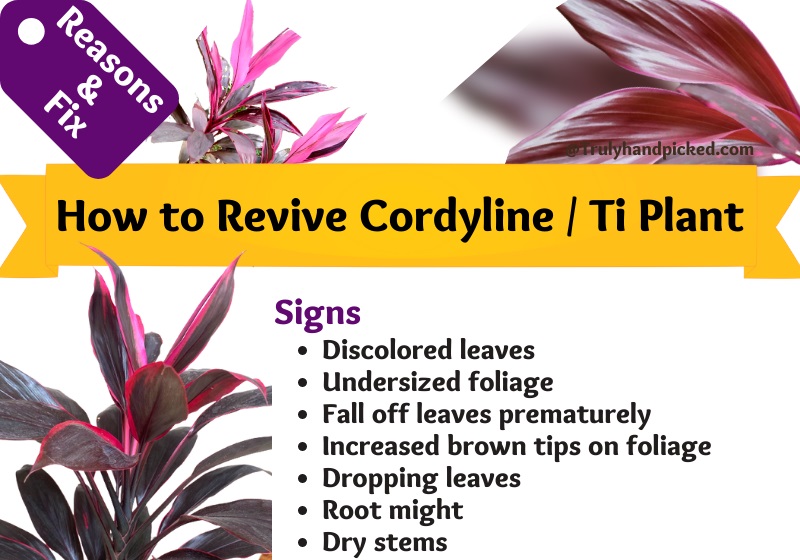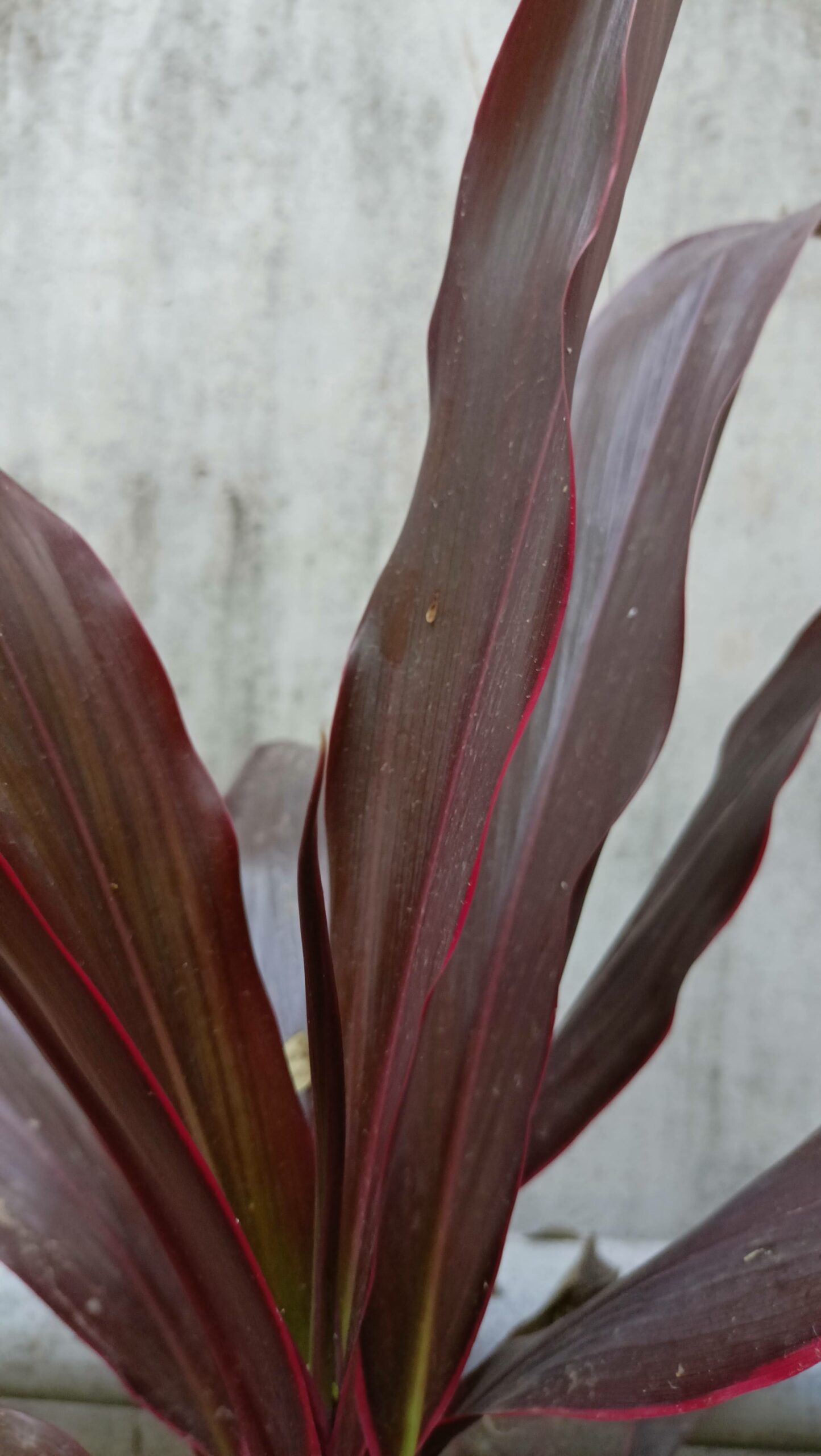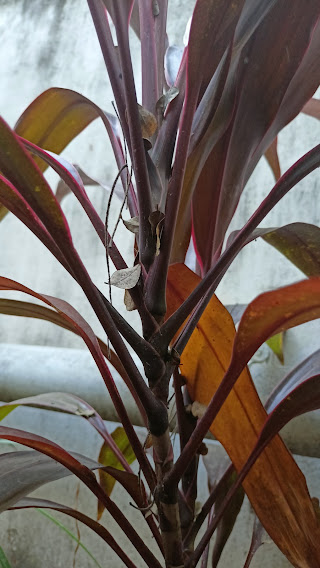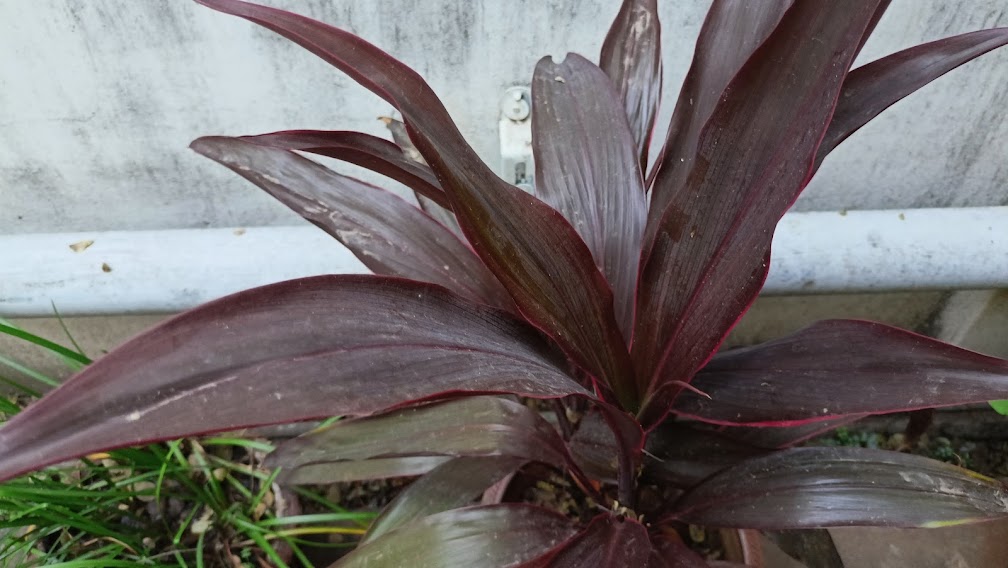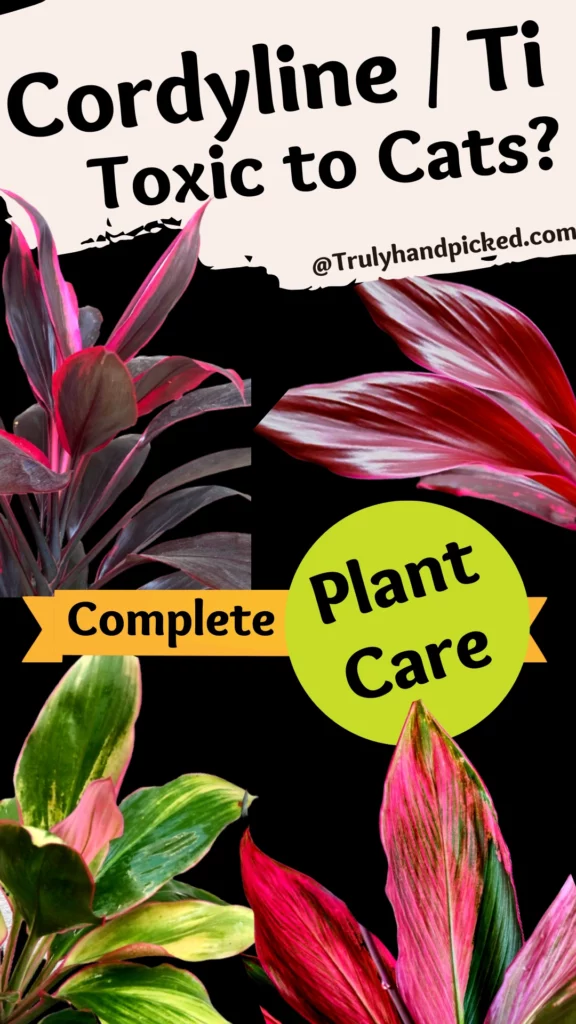Cordyline plants are hugely appreciated as ornamental houseplants due to their big and variegated foliage. This is a woody monocotyledonous blooming plant that incorporates almost 15 species in its single category.
Red star cordyline is a specific genus of Ti plant that needs a bit of attention while growing in a restricted indoor climate. Let’s learn how to take care of a growing cordyline plant ideally-
How to Care Cordyline Plant:
- Planter: It can grow up to 2-4 feet tall. So, you have to grow it in a large half-barrel size wide wooden or terracotta planter to provide it adequate space to thrive.
- Soil: A cordyline plant prefers rich and well-drained soil with neutral to slightly acidic pH levels.
- Water: This plant has moderate water needs. Try to water it once every 7-10 days and wait until the top surface turns completely dry. Water your plant, until the excess water starts draining from the drainage hole.
- Fertilizer: Apply any slow-release liquid fertilizer in a 20-20-20 NPK ratio. Feed your plant once every two weeks during the growing seasons and skip this in frost for the best result.
- Sun Exposer: This flowering shrub needs full sun exposure to keep its foliage attractive. However, you can keep your planter in a place with partial shade as it can tolerate low light (indirect bright light).
- Temperature: Ti plants want a warm atmosphere to thrive and bloom well. Maintain a temperature that is above 62° F and below 85° F to provide the best growing condition.
- Climate: You need to put the planter in a high humid spot in the room. Use an artificial humidifier to maintain the proper humidity and always keep the plant away from cool window drafts.
- Pruning: Wait till the plant reaches its perfect growth like 3-4 feet to start your punning session. Now, trim only the leggy stems in a flabbergasted pattern along with old or discolored leaves during this course.
- Repotting: You don’t need to re-pot your growing cordyline plant frequently. Try this process once every 2-3 years and that is only when it grows too large to handle for its current planter.
- Other Troubleshoots: Root rot, fungal infestation in the soil, attack of scales, spider mites, mealybugs, etc. are some common issues you may face with a growing cordyline plant. Try to treat each problem at its primary stage with homemade or organic remedies instead of chemical-based products.
Is Cordyline Toxic to Cats?
Cordyline plants or Hawaii Ti plants are toxic to any house pet including cats.
Why is It Toxic to Cats?
This ornamental flowering plant caters to some natural chemicals as a protection shield. These chemicals protect them from fungal infections, insects, or normal illnesses.
When your cat gulps some parts from this plant, it consumes those chemical properties as well. These chemicals are mildly toxic to your cats.
Poisonous Reactions of Ti Plants:
- Drooling
- Vomiting
- Depression
- Diarrhea
- Loss of appetite
- Dehydration
- Nausea
- Dilated pupils
How to Diagnose It?
To be certain about the intensity of poison, your cat must go through some medical diagnosis, such as-
- Blood smear test
- Urinalysis
- CBC
- Fecal floatation test
- Fecal examination
- And biochemical profile test
How to Deal with It?
Give your pet immediate veterinarian care in your nearest animal hospital. Try to initiate sucralfate to your cat, to control and reduce the acidic reaction in the stomach of your cat effectively. Your veterinarian may also prefer a feline treatment for your cat to restore the fluid deficiency in your cat due to dehydration.
Can Cordyline Survive Winter?
Hawaii Ti or cordyline plants get hugely affected by the season of frost. You must keep your plant safe from the grasp of cool drafts of winter in every possible way. Due to being a tropical plant, a cordyline plant is hardy enough to tolerate the season changes expertly. However, you must give some effort to let it survive the cold winter season unaffectedly. Some notable tips in this attempt are-
How to take care during winter
- Tie up the entire foliage bunches or leaves as a crown on the top of the plant
- Wrap your plant loosely with a fleece cover
- Bring the outside cordyline plants inside the house
- Provide them a protected greenhouse climate during the whole winter
- Keep the indoor cordyline plant away from the cool drafts of windows
- Don’t fertilize the plant during the winter
- Skip watering unless the soil becomes completely dry
- Mulch the base of your plant which is planted outdoor under an open yard
- And remove the fleece cover of your planter once every 24 hours when the sun ups high to provide its needed sunlight adequately.
How to Revive A Dying Cordyline Plant:
Sometimes, cordyline plants couldn’t survive the fluctuation in their growing climate or any problematic issue, that comes their way during the growing session. This troubleshooting often leads to killing the plant entirely.
Fortunately, there are ways to prevent a dying cordyline plant and revive it into its lively form again, with some smart moves. Let’s learn some useful tips in this regard-
Signs of My Cordyline Plant is Dying:
- Discolored leaves
- Undersized foliage
- Fall off leaves prematurely
- Gradually increased brown tip on foliage
- Dropping leaves
- Root might
- Dry stems
- Stunt growth
Why Is My Cordyline Plant Dying?
- Overwatering
- Dehydration
- Blight infestation
- Insufficient sunlight
- Cold damages
- And keeping it inattentive for long
How to Revive It?
To revive your dying cordyline plant and bring it in the normal form again, follow these tricks attentively-
- Water the plant only when needed, neither more nor less, check the top 2inches from the soil surface
- Feed your plant monthly to encourage the growth naturally
- Place it in a spot with full sun exposer
- Protect your plant from frost and cool draft during winter
- Monitor your plant regularly to find any troubleshooting issues at the primary stage
- Discard or trim the dead or infected section from your plant immediately, once you detect them on your plant
- And try to find out each problem of your plant at its beginning stage to give it a chance to revive easily.
How to Propagate Cordyline Plant:
A cordyline mostly regrows from its stem cutting. So, let’s get information about how to do the job like a pro through this step-by-step instruction-
Supplies You Need:
- Disinfected pruner
- Rooting hormone
- A new planter
- Soil prepared with potting mix perlite and sand
- And a sprayer or small watering can
How to Do the Process:
- Find out a healthy mature stem from the parent plant that must be 3-5 inches long
- Now, remove entire leaves from the stem and dip the end in a rooting hormone
- Bring the planter with new potting mix soil and make it damp by misting water
- Simply lay the stem in that damp soil for a couple of days
- Put the planter in a room with high humidity and warm temperature above 62° F
- New shoots will emerge within a couple of months
- When the stem would have 4-6 new leaves on it, sow the cutting into the planter well and let it thrive naturally.
